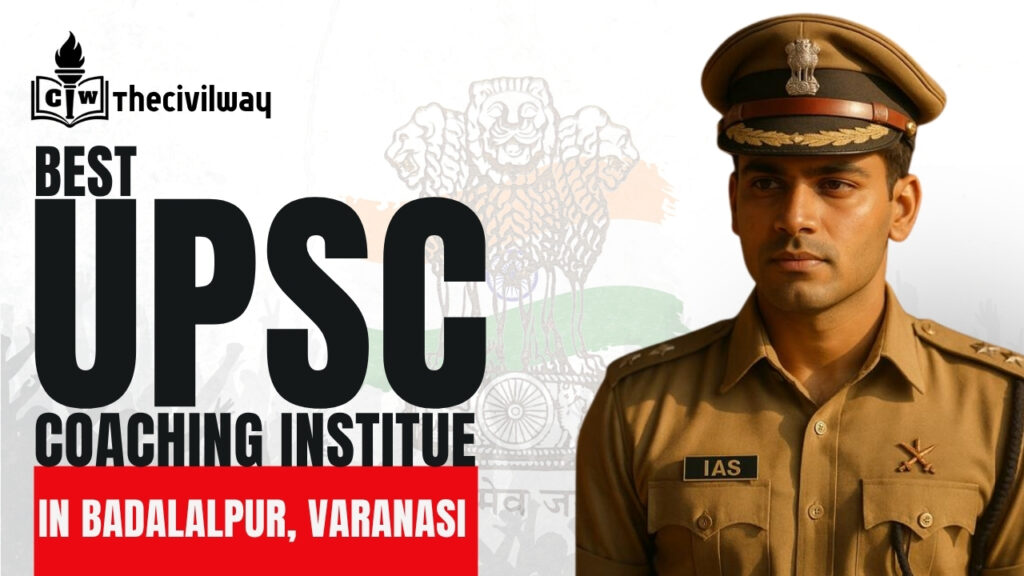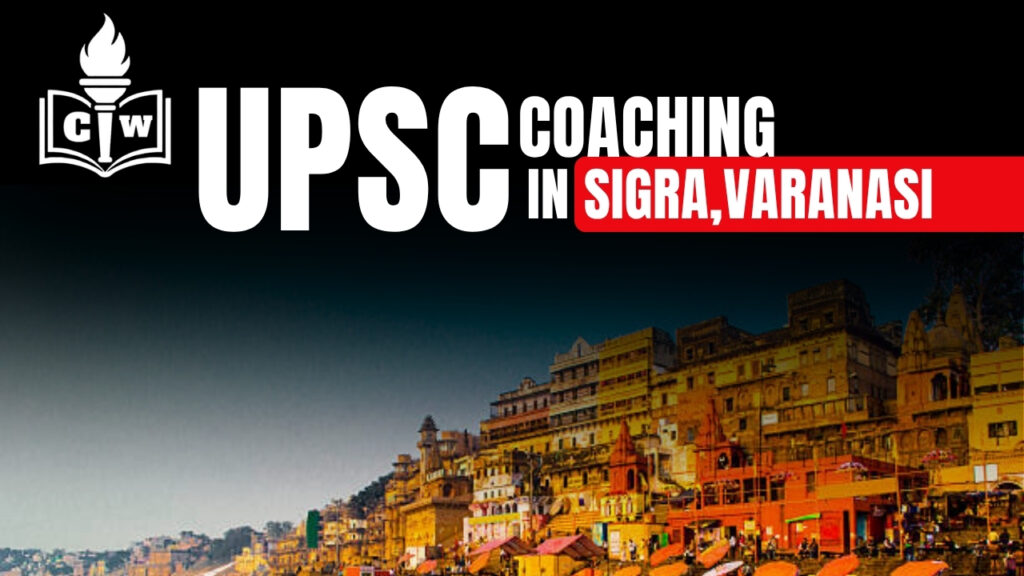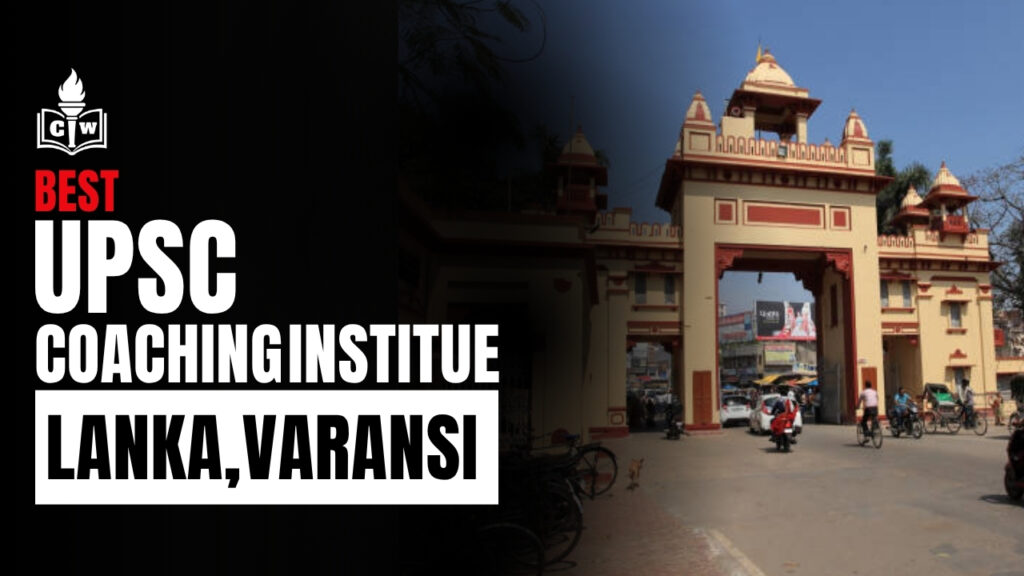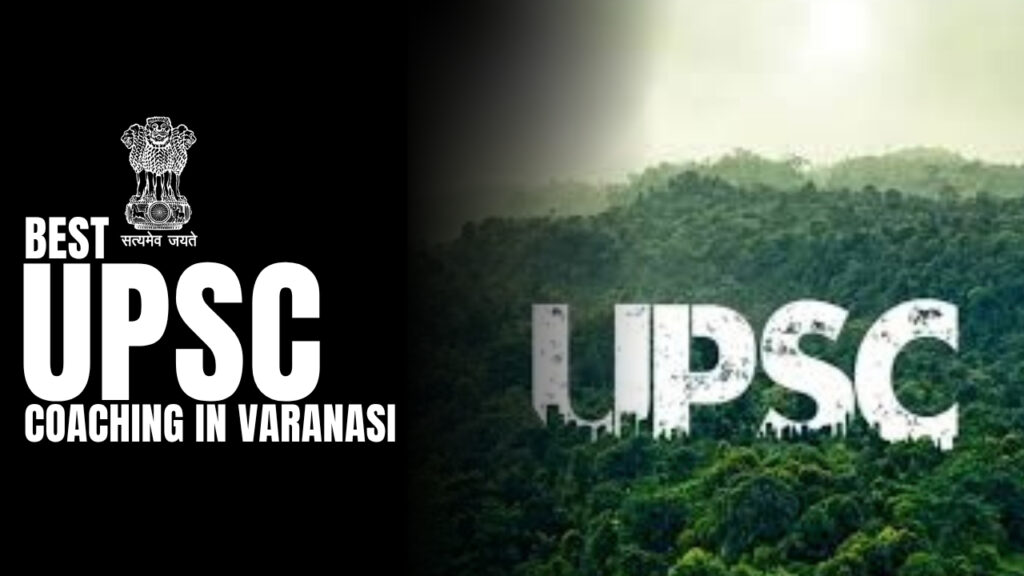DAILY CURRENT AFFAIRS IAS | UPSC Prelims and Mains Exam – 31st July – 2025
rchives (PRELIMS Focus) Depreciation of Rupees Category: ECONOMICS Context: The rupee recorded its biggest single-day fall in nearly 3 months, depreciating by 61 paise to close at ₹87.42 per USD. Cause: Trump Tariff Announcement: US President Donald Trump warned of 20–25% tariffs on Indian goods. Month-end dollar demand. Aggressive FPI selling. Market Reaction: Rupee fell sharply after touching an intraday low of ₹87.66. The rupee has depreciated by 161 paise in the last 11 sessions. Contributing Factors: Fears of economic impact from new US tariffs. Heavy outflows by FPIs (₹16,370 crore in a week). Dollar demand from importers (especially oil firms). Stronger dollar globally. Learning Corner: Currency Appreciation & Depreciation: Appreciation: When the value of the Indian Rupee rises relative to foreign currencies (e.g., ₹75/USD becomes ₹70/USD). Depreciation: When the Rupee falls in value (e.g., ₹75/USD becomes ₹80/USD). Link with Inflation: Depreciation → Costlier Imports → Imported Inflation India depends heavily on oil, electronics, and capital goods imports. A weaker rupee makes these imports more expensive, leading to higher domestic prices. It fuels cost-push inflation (e.g., higher transport and input costs). Appreciation → Cheaper Imports → Helps Tame Inflation A stronger rupee reduces the import bill, especially for crude oil. It can ease inflationary pressure, particularly in sectors dependent on imported inputs. Broader Impact on Indian Economy: Aspect Depreciation of Rupee Appreciation of Rupee Exports Boosts competitiveness (positive) Hurts competitiveness (negative) Imports Becomes costlier (negative) Becomes cheaper (positive) Inflation Increases (especially WPI, CPI) May reduce inflation Current Account Deficit (CAD) May worsen May improve (if exports stay stable) Foreign Investment Can deter if seen as unstable Can attract stable flows RBI Intervention via the Forex Market: Objective: To stabilize the exchange rate of the rupee. When the Rupee Depreciates Sharply: RBI sells US Dollars from its foreign exchange reserves. This increases the supply of dollars and demand for rupees, supporting the rupee. Helps curb imported inflation (e.g., oil becomes less costly in rupee terms). When the Rupee Appreciates Excessively: RBI buys US Dollars, injecting rupees into the market. Prevents exports from becoming uncompetitive. Avoids disinflation or deflation risk due to excess appreciation. Tool Used: Spot and forward transactions, swaps, open market operations in forex. RBI Intervention via Monetary Policy: Objective: To control domestic inflation and manage capital flows. When Inflation Rises (Often Due to Depreciation): RBI may increase the repo rate (tight monetary policy). Higher interest rates attract foreign capital inflows, strengthening the rupee. Also reduces domestic demand, controlling demand-pull inflation. When Growth Slows and Inflation is Low: RBI may cut interest rates to boost credit and investment. This may lead to mild rupee depreciation, which can support exports. Tool Used: Repo rate, CRR, SLR, Open Market Operations (OMOs) RBI Tool Purpose Impact on Rupee Impact on Inflation Selling USD Curb rupee fall Strengthens rupee Controls imported inflation Buying USD Curb excess rise Weakens rupee Boosts exports Raising Repo Rate Tame inflation Attracts FPI, strengthens rupee Controls inflation Cutting Repo Rate Boost growth May weaken rupee Mild inflation rise possible Source: THE INDIAN EXPRESS Mangroves Category: ENVIRONMENT Context: Restoring Mangroves Can Turn the Tide on India’s Coastal Security Why Mangroves Matter: Natural Barriers: Protect coastal areas from cyclones, tidal surges, and erosion. Climate Mitigation: Act as carbon sinks; trap carbon dioxide and store blue carbon. Biodiversity Hotspots: Provide habitat for fish, crabs, molluscs, and migratory birds. Cultural/Economic Value: Vital to local communities for fishing, farming, and traditional practices. Major Threats to Mangroves: Urban expansion, pollution, shrimp farming, altered hydrology, and climate change. Over 50% of mangroves globally are at risk of collapse by 2050 (IUCN report). Learning Corner: Mangroves Mangroves are salt-tolerant trees and shrubs found in coastal intertidal zones of tropical and subtropical regions. They grow in brackish water, where freshwater mixes with seawater, especially in estuaries, lagoons, and deltas. India has about 4,975 sq km of mangrove cover (as per ISFR 2021), mainly in Sundarbans, Gujarat, and Andhra Pradesh. Unique Features of Mangroves Salt Tolerance (Halophytic Nature) Survive in saline conditions through salt-excreting leaves and special root adaptations. Special Root Systems Have stilt roots, pneumatophores (breathing roots), and prop roots for oxygen absorption and anchorage in soft, waterlogged soils. Tidal Adaptability Thrive in highly dynamic tidal zones, tolerating both flooding and exposure to air. High Carbon Sequestration Store large amounts of “blue carbon” in both biomass and deep, anoxic soils crucial for climate change mitigation. Nursery Grounds Serve as breeding and nursery habitats for fish, crabs, shrimps, and molluscs — vital for coastal livelihoods. Natural Coastal Barriers Protect shorelines from cyclones, tsunamis, storm surges, and coastal erosion. Species Diversity India hosts over 40 mangrove species, with Avicennia, Rhizophora, and Sonneratia being common genera. Ecological and Economic Significance Provide ecosystem services, such as biodiversity support, carbon storage, fisheries productivity, and livelihoods. Act as bioshields, especially in disaster-prone coastal areas like the Sundarbans and Odisha coast. Mangrove Cover in India by State/UT (Descending Order): Rank State/UT Mangrove Area (sq km) % of India’s Total Mangrove Cover Key Mangrove Regions 1 West Bengal 2,114 42.3% Sundarbans (World’s largest mangrove delta) 2 Gujarat 1,141 23.6% Gulf of Kutch, Gulf of Khambhat 3 Andaman & Nicobar Islands 617 12.3% North, Middle & South Andaman coastlines 4 Andhra Pradesh 404 8.1% Godavari and Krishna estuaries 5 Maharashtra 304 6.4% Thane Creek, Raigad, Ratnagiri 6 Odisha 251 5.0% Bhitarkanika delta 7 Tamil Nadu 45 1.0% Pichavaram, Muthupet 8 Goa 26 0.5% Mandovi and Zuari river estuaries 9 Kerala 9 0.2% Kannur, Kozhikode estuaries 10 Karnataka 3 0.1% Uttara Kannada coast Total Mangrove Area in India: 4,975 sq km (approx. 0.15% of total geographical area) Source: THE HINDU Kamchatka Quake Category: GEOGRAPHY Context : A massive 8.8 magnitude earthquake struck Russia’s Kamchatka Peninsula, one of the strongest in recent times. What Happened? It occurred on the Circum-Pacific Seismic Belt (Ring of Fire), which accounts for 80% of the world’s strongest quakes. Triggered a tsunami with waves up to 3–4 metres in parts of Kamchatka and up to 2 feet in Hawaii. No casualties were reported
DAILY CURRENT AFFAIRS IAS | UPSC Prelims and Mains Exam – 31st July – 2025 Read More »







